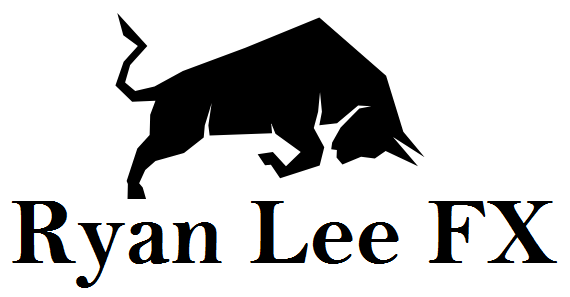When it comes to the Foreign Exchange Market or stock markets, the price action is the day-to-day fluctuation in the price of a given asset or value. Just like how stocks go up and down, so too do the value of currencies on the Foreign Exchange Market. This upward and downward mobility on a day-to-day basis is what is known as the price action. The most common way of displaying the price action is on a chart. This allows investors to note the position and trends of different price action assets on the chart. This means that an investor is interested in the actual price movement of the chart at the moment as opposed to depending on lagging indicators. This is important since most of the indicators on the chart come from actual prices so all they are displaying is information of past price movements.
Why are these indicators important when it comes to price action trading? The importance of them cannot be understated, because trading deals in trends, trying to find patterns in what is an underlying seemingly random assortment of buying and selling. Helping to find these trends can help investors ride upward waves to great success and profit. By finding out what they have done in the past and what it is doing now when circumstances are similar, it can help investors guess or try to predict what may occur in the future. When it comes to price action trading, though, many investors ignore the lagging indicators.
In simple terms, the price action is the upward or downward movement of the price of an asset. This upward or downward movement is put onto a chart and investors look for patterns and analysis with which they attempt to find patterns which can allow them to generate profit from understanding where things are going.
So what is price action trading? Price action trading is a simple method when it comes to trading on the FOREX Market. Price action traders try to emphasize keeping things simple. They take a minimalist approach when it comes to the combination of the current price of the asset, its movement, the charting patterns, and other unprocessed market data to try and make estimations about the future. By focusing on the essentials without an overabundance of analyzing, price action traders can effectively ride short positive swings up and down.
To be able to be an effective price action trader, though, the individuals require a large background and understanding of how various marketing principles work, an effective understanding of price action trading methodology, and some of the largest driving forces, or core principles, within a given market. However, with these few tools, price action traders can effectively trade on nearly any market.
In short, price action trading is nearly purely subjective. It requires instinct and understanding but no two traders will view something exactly the same. All of them are working with what the securities prices are doing along with a few other minimalistic tools to gauge and understand what is occurring but by and large it is up to individual investors when it comes to making the call. This is why price action trading is considered simplistic as opposed to other more in-depth critical analysis styles of trading.
